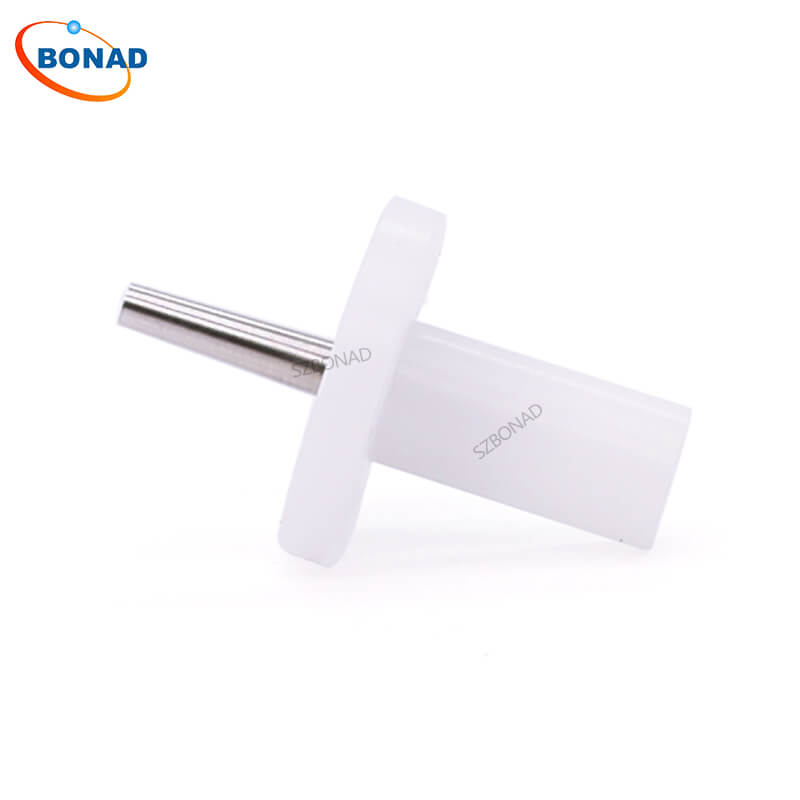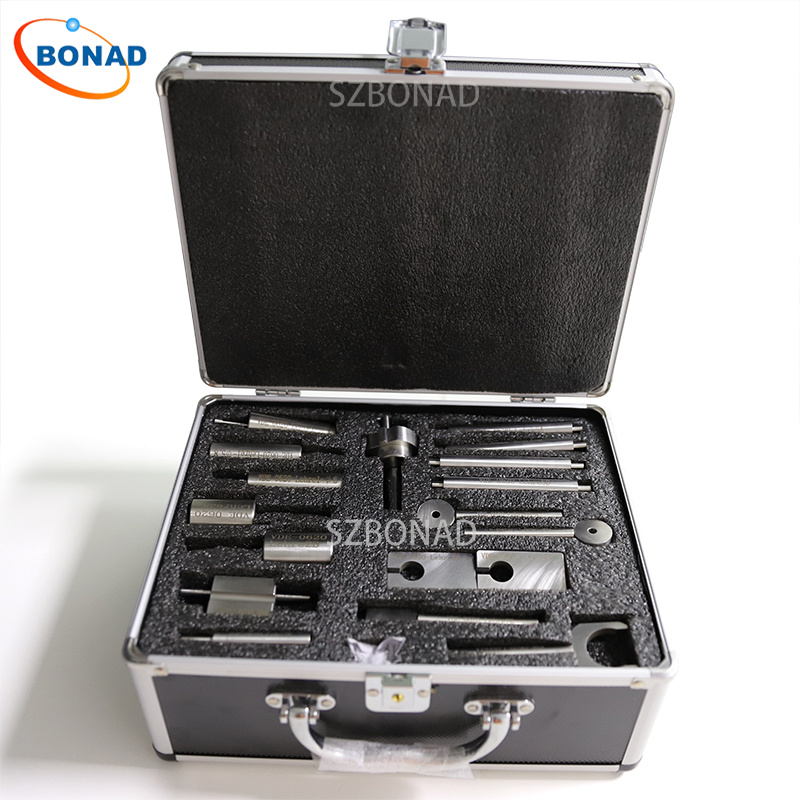Introduction
In the domain of product safety evaluations, the International Electrotechnical Commission (IEC) sets forth standards that ensure the safety and dependability of electrical devices. One such standard, IEC 61032, outlines procedures for testing the protection offered by electrical enclosures against various mechanical hazards. Central to this standard is Test Probe 13, which plays a pivotal role in assessing an enclosure’s resistance to solid foreign objects. This article delves into the importance and specifications of Test Probe 13, highlighting its significance in guaranteeing the safety of electrical products.
Overview of IEC 61032 Standard
IEC 61032 is a globally acknowledged standard that prescribes methods and test procedures for evaluating the protection provided by electrical enclosures against mechanical risks. These risks include access to live parts, ingress of solid foreign objects, and safeguarding against hazardous moving components. Adherence to this standard ensures that electrical products are designed and manufactured to effectively withstand various impacts and intrusions.
Test Probe 13: Guarding Against Solid Foreign Objects
Among the tests specified in IEC 61032 is Test Probe 13, which evaluates an enclosure’s ability to prevent the entry of solid foreign objects. Often termed as a “wire” or “access probe,” this tool is designed to determine whether an enclosure provides sufficient protection against penetration by wires, tools, and similar items.

Design and Specifications of Test Probe 13
Test Probe 13 features a cylindrical form with a semi-spherical tip. Its dimensions are defined in the IEC 61032 standard to ensure uniformity across testing processes. Constructed from hardened steel, this probe mimics the size and shape of common objects that an enclosure might encounter in real-world conditions.
The semi-spherical tip has a diameter of 50 mm, replicating the tip of a human finger as per IEC 60529 (another standard focusing on protection against ingress of solid foreign objects and liquids). The opposite end of Test Probe 13 typically includes a handle or grip for ease during testing procedures.
Testing Methodology
During testing, Test Probe 13 is methodically applied to all accessible parts of an enclosure, including openings, slots, vents, seams, and gaps. It is inserted with a specified level of force to evaluate the enclosure’s resistance against solid object penetration. The applied force varies depending on the intended protection level as outlined in the specific requirements of the relevant standard.
The probe is moved parallel to potential openings or gaps in the enclosure, simulating possible interactions between the enclosure and external objects. This process assesses whether the enclosure adequately protects against contact with live parts or intrusion by solid foreign objects, thereby ensuring the safety and reliability of the electrical product.
Importance and Implications
Test Probe 13 is crucial in ensuring that electrical enclosures meet necessary safety requirements and protect against accidental contact or intrusion by solid objects. By subjecting enclosures to this test, manufacturers can identify vulnerabilities or design flaws that could compromise their products’ overall safety and performance.
Compliance with IEC 61032, including proper execution of Test Probe 13, enables manufacturers to demonstrate their commitment to producing safe and reliable electrical enclosures. It provides assurance to end-users, regulatory bodies, and market stakeholders that products adhere to stringent international safety standards.
Conclusion
Test Probe 13 within IEC 61032 is an essential tool for evaluating the protection offered by electrical enclosures against solid foreign objects. By simulating common object sizes and shapes, this probe assesses an enclosure’s resistance to penetration, ensuring maximum safety and reliability for electrical products. Adhering to this test helps manufacturers meet international safety standards while instilling confidence among consumers—fostering a secure and trustworthy market for electrical devices worldwide.


